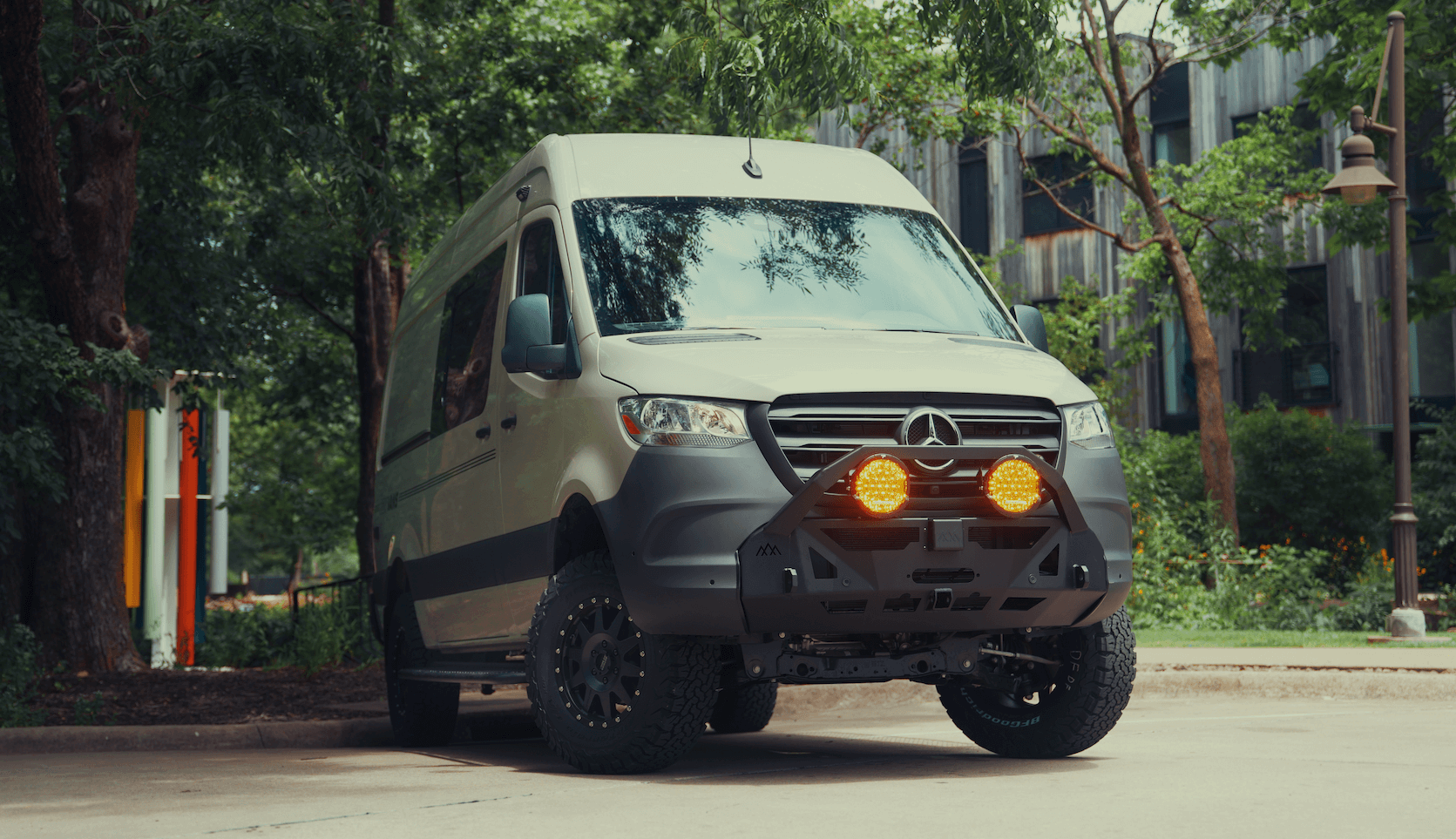Recreational Vans

In compact environments, heat, smoke, and toxic gases concentrate quickly. There is less distance between ignition sources and occupants, and fewer exits. That means every second matters. A clear plan reduces hesitation, cuts escape time, and turns scattered actions into a repeatable routine. The goal is simple: detect early, decide fast, exit cleanly, and account for everyone.
Use photoelectric smoke alarms for smoldering fires and consider a heat alarm in kitchens where steam can trigger nuisance alarms. Add a carbon monoxide detector near sleeping areas and any combustion source. Test alarms monthly, replace batteries on a schedule, and note device end of life dates. In vehicles or boats, include propane or combustible gas detection near low points where heavier than air gases settle.
Stage an ABC fire extinguisher within arm’s reach of the galley and another near a primary exit. For grease fires, a Class K rated extinguisher or a compact fire blanket stops flame spread without splashing hot oil. In very tight quarters, aerosol style suppressants can provide quick knockdown while you evacuate. Know the PASS method, pull, aim, squeeze, sweep, and practice with an inert trainer if possible.
Map two ways out, even if the second route is a window with a quick release. Keep pathways uncluttered and verify that egress windows open smoothly. Designate a muster point outside and never reenter for belongings. After evacuation, call emergency services, monitor for rekindle, and seek medical care for smoke exposure or burns.
Start with a risk scan. Identify ignition sources like cooking appliances, heaters, inverters, and battery modules. Note fuels such as upholstery, wood paneling, cleaning supplies, and stored fuels. Reduce hazards by keeping three feet of clearance around heaters, using non combustible backsplashes, and storing fuels in vented, sealed lockers.
Create a shutoff sequence that anyone can follow. Label the main power disconnect, fuel valves, and appliance switches. In mobile spaces, include steps to chock wheels and secure doors to prevent wind driven flame. Post the sequence where it is visible, and laminate a small version for the grab bag.
Write a simple checklist that fits on a single card:
Hold mini drills. Practice silent walk throughs first, then timed drills aiming for a two minute exit. Alternate day and night practice, and run a drill with lights off to simulate smoke darkening. Revise the plan after layout changes or new equipment installs.
Choose equipment that fits your space and skills. Low profile alarms save headroom and reduce false alerts. A compact fire blanket near the cooktop can be the fastest first move for pan flare ups. For electrical faults, a well labeled fuse and breaker map lets you kill power quickly. If you store lithium batteries for e bikes or power banks, charge them on non combustible surfaces away from sleeping areas and avoid damaged cells.
Schedule maintenance. Vacuum alarm intakes, check expiry dates on extinguishers, and weigh units if they are not pressure gauged. Inspect heater fuel lines for cracks, confirm tip switch function on portable heaters, and verify ventilation paths are clear. Keep cords short, avoid daisy chained power strips, and match wire gauge to load to prevent overheating.
Prepare for people. Post the emergency number, the address or GPS coordinates, and any access codes near the exit. Keep keys in a consistent spot so the driver can reposition the vehicle if fire threatens the exterior. Teach guests where the exits, alarms, and extinguishers are located when they arrive.
Never leave a cooktop unattended. Use lids as instant fire blankets, turn off heat first, and slide pans off burners. Secure portable stoves and allow cool down before storage. Maintain clearances around diesel or propane heaters, and verify flue integrity to prevent carbon monoxide buildup.
Distribute loads across circuits, avoid undersized extension cords, and keep connections tight. Charge high energy batteries outside the sleeping zone when practical, and never cover chargers with bedding or clothing. If a battery hisses, swells, or smokes, evacuate and call for help.
Post a floor or layout sketch highlighting exits, shutoffs, and equipment. Use glow in the dark labels on egress latches and fire tools. Keep first aid supplies visible and include burn dressings and a saline rinse bottle.
If your small space is a van or towable, building safety into the layout pays off. Integrated alarms, isolated fuel lockers, clean wiring, and quick release exits turn a plan on paper into a cabin that responds well under pressure. OZK Customs designs adventure ready vans with safety as a core requirement, not an afterthought. Explore our approach to capable, comfortable rigs on our page for recreational vans, then see how a tailored spec comes together on our page for custom build vans. If you prefer a finance friendly starting point, review our mainstream van platforms and we will upfit with the right safety features for your travel style.
Your fire plan should fit on a single card, and your space should make that plan easy to execute. We design complete custom builds and partial upfits that prioritize safe exits, correct detection, tidy wiring, and secure fuel systems. Share your travel goals and constraints, and our team will turn them into a safer, smarter cabin that is ready to go anywhere.
Tell us about your build and safety priorities in the form below. We will propose the right alarms, extinguishers, shutoffs, and layout choices inside a van built for the way you live and travel.
Ready to build safety into your next adventure rig? Our team designs custom vans with integrated fire detection, secure fuel systems, and clean electrical layouts. Tell us how you travel and we will engineer a safer cabin with the right alarms, extinguishers, and exits from day one. Fill out the form and let OZK Customs turn your safety plan into a capable, road ready build.
ADDRESS:
6159 E Huntsville Rd, Fayetteville, AR 72701
PHONE:
(479) 326-9200
EMAIL:
info@ozkvans.com